Guide to Seasonal Gardening: Best Plants for Every Season
- February 8, 2024
- 1 comment
Discover the perfect plants for every season with our ultimate gardening guide. Bloom your garden year-round with expert tips and picks. Find the best plants for each season with our gardening guide. Enjoy a garden that blooms all year with expert advice. This guide helps both new and experienced gardeners choose plants that flourish in changing weather. It’s more than a plant list; it’s a way to keep your garden vibrant through the year. Learn to overcome gardening challenges and make your garden a beautiful space in any season. Whether improving your garden or starting fresh, this guide shows you how to create a thriving garden for every season.
Understanding Seasonal Gardening

Seasonal gardening is an approach that aligns planting and garden maintenance activities with the cycles of nature. This method takes into account the varying needs of plants throughout the year, ensuring they receive the care required to flourish in their respective seasons. The benefits of this approach are manifold, including the promotion of local wildlife, the reduction of garden maintenance costs, and the continuous provision of color and produce from your own backyard.
Spring Gardening
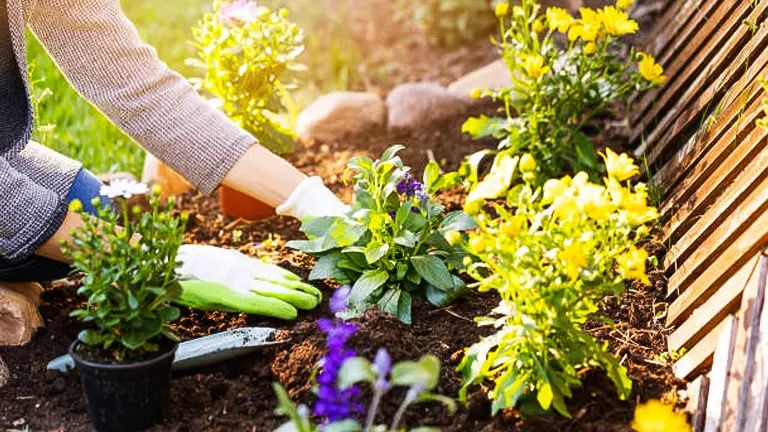
Spring is a time of awakening, where the garden transitions from the quiet of winter to the vibrant growth of the warmer months. It’s a period filled with potential, where early preparations can set the stage for a successful gardening year.
Best Plants for Spring
Flowers: Beyond pansies and snapdragons, consider incorporating bleeding hearts (Dicentra spectabilis) and primroses (Primula) for early spring blooms that thrive in cooler temperatures. These additions can diversify the color and texture in your garden. Peonies and lilacs, with their fragrant blooms, prepare the stage for a sensational late spring display, providing both visual beauty and aromatic pleasure.
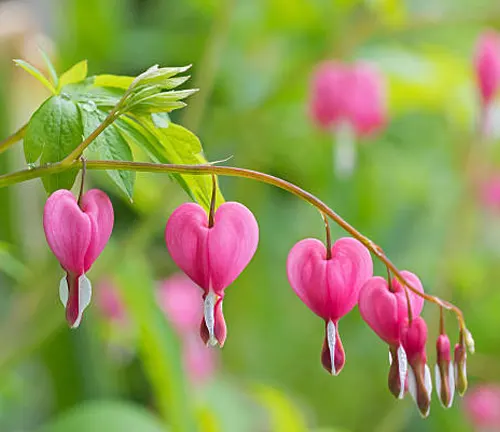
Vegetables: Broad beans and peas are excellent early spring vegetables that not only enrich the soil with nitrogen but also yield delicious crops. These can be complemented with the planting of beetroots and Swiss chard, which are not only nutritious but also add a burst of color to your vegetable garden.
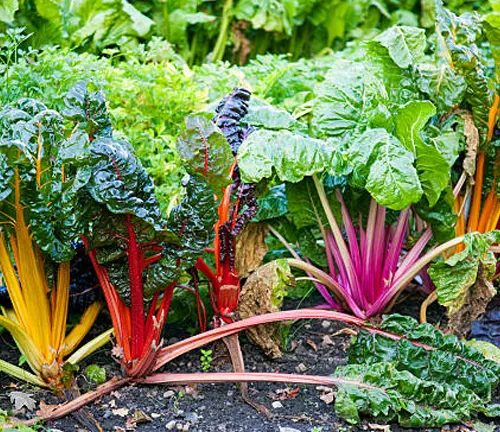
Herbs: In addition to parsley, chives, and cilantro, consider planting mint and lemon balm in spring. These herbs are not only culinary delights but also can help deter pests with their strong scents, making them practical companions in the garden.
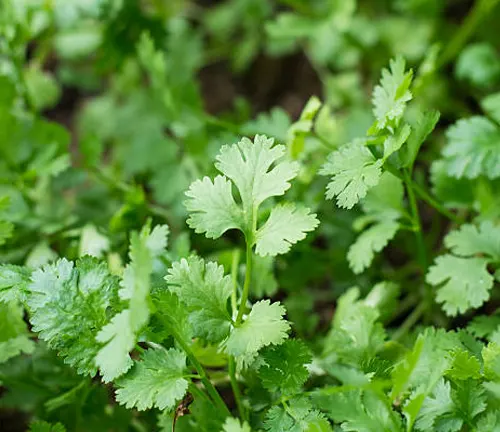
Spring Gardening Tips:
- Soil Preparation: Enhancing your soil with well-composted organic matter not only improves its nutrient content but also its structure, which is vital for root development and water retention. Incorporating green manure crops planted in the fall, such as clover or vetch, can be turned into the soil in spring to add fertility and improve soil health.
- Pest and Disease Management: Early spring is the ideal time to implement preventive measures against pests and diseases. Applying horticultural oils to fruit trees before bud break can help control overwintering pests and diseases. Additionally, installing physical barriers, such as slug and snail traps around tender seedlings, can protect them from early pest damage.
- Water Conservation Techniques: While integrating a rain barrel is an excellent start, consider also implementing a drip irrigation system for efficient water use. This system delivers water directly to the roots of your plants, reducing waste and minimizing leaf wetness that can lead to disease. Mulching with organic materials not only retains soil moisture but also adds nutrients as it decomposes.
- Start Seedlings Indoors: For gardeners in cooler climates, starting certain plants indoors can give them a head start on the growing season. Tomatoes, peppers, and eggplants, for example, benefit from being sown indoors 6-8 weeks before the last expected frost. This method allows for stronger, more established plants that are ready for transplanting once the weather warms.
Summer Gardening
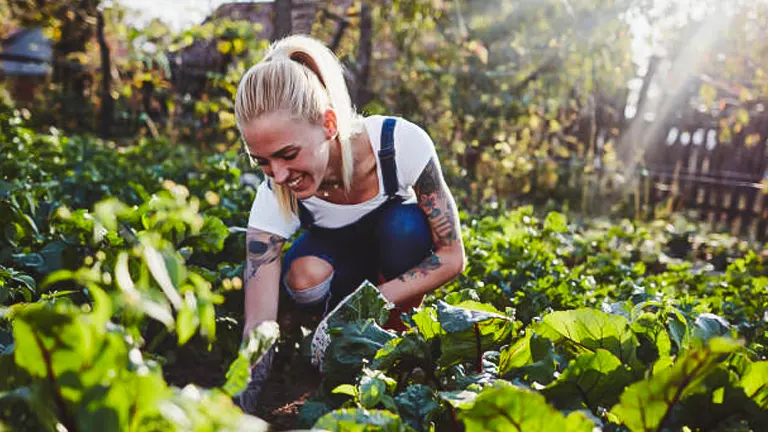
The zenith of the gardening year, summer, is a period marked by intense growth, vibrant displays, and the rewarding yields of diligent spring preparations. This season, however, also presents its unique set of challenges, including the relentless heat and potential for drought, which necessitate vigilant care and strategic planning to maintain the garden’s vitality.
Best Plants for Summer
Flowers: Beyond marigolds, zinnias, and petunias, consider adding black-eyed Susans (Rudbeckia), coneflowers (Echinacea), and salvias to your summer garden. These plants not only tolerate high temperatures but also attract pollinators, such as bees and butterflies, enhancing your garden’s biodiversity and productivity.
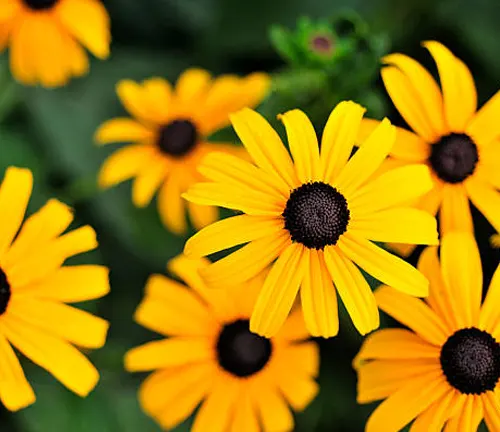
Vegetables: Alongside tomatoes, peppers, and cucumbers, eggplants and zucchinis are excellent for summer planting. These vegetables thrive in the warm conditions of summer and can provide abundant yields. Incorporating sweet corn can also add diversity to your garden, requiring more space but offering a rewarding harvest.
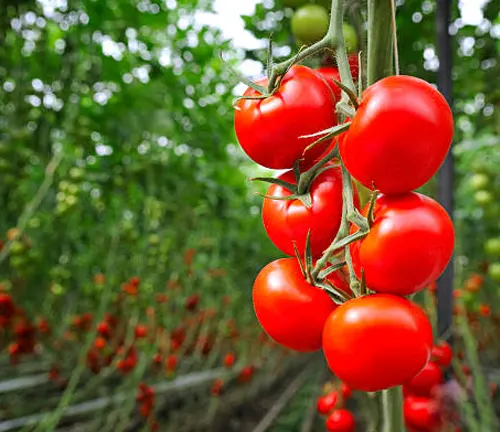
Herbs: In addition to basil, oregano, and thyme, consider planting mint, which thrives in the summer and can be used in a variety of culinary dishes and beverages. However, mint is known to spread quickly, so planting it in containers or designated areas can help manage its growth.
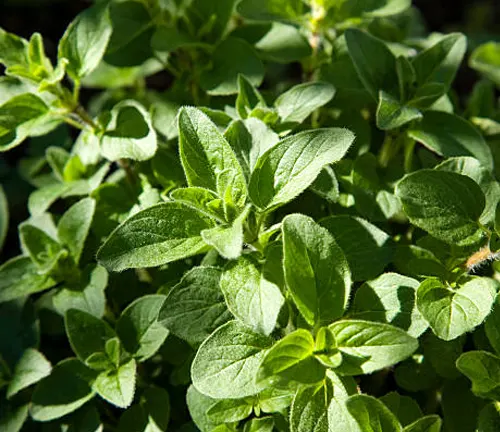
Summer Gardening Tips
- Irrigation: Implementing a drip irrigation system or soaker hoses can significantly improve water efficiency, ensuring that water is delivered directly to the roots where it’s most needed. This method minimizes water waste and helps prevent the spread of leaf-borne diseases.
- Mulching: Expanding on mulching, using organic mulches such as straw, grass clippings, or shredded leaves can not only retain soil moisture but also gradually enrich the soil as they decompose. Additionally, mulch can help keep soil temperatures consistent, protecting roots from extreme heat.
- Pest and Disease Management: With increased heat and humidity, summer can also bring an uptick in pest and disease activity. Regularly inspecting plants for signs of stress, pests, or disease can catch problems early. Natural remedies, such as neem oil or insecticidal soaps, can be effective for managing outbreaks without resorting to harsh chemicals.
- Shade Solutions: For particularly hot climates, consider temporary shade solutions to protect plants from midday sun. Shade cloth or even lightweight, woven materials can be used to create a barrier against intense sunlight, reducing stress on sensitive plants during peak temperatures.
- Succession Planting: To ensure a continuous harvest throughout the season, practice succession planting. This involves planting new seeds at regular intervals, particularly for fast-maturing crops like lettuce and radishes, ensuring you have fresh produce throughout the summer.
Autumn Gardening

Autumn, a season of mellow fruitfulness and preparation, is an essential period for gardeners to reflect on the year’s successes and make plans for future seasons. It’s a time when the garden’s vibrant energy begins to slow, offering a unique opportunity to prepare for winter and the following spring. The cooler temperatures and increased rainfall make it an ideal time for planting and garden maintenance, setting the stage for a thriving garden in the year ahead.
Best Plants for Autumn
Flowers: Incorporate Japanese anemones and chrysanthemums for late autumn blooms. These not only add color but also provide nectar sources for pollinators as other flowers begin to fade.
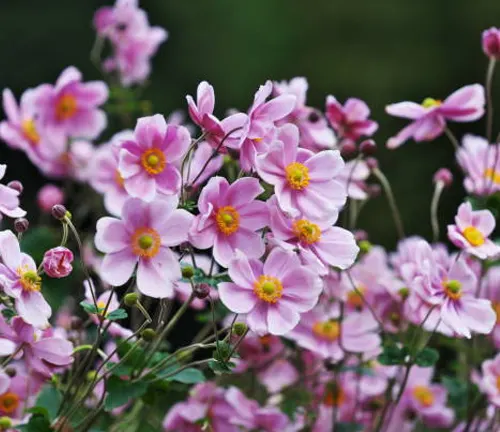
Vegetables: In your autumn vegetable garden, alongside Swiss chard and parsnips, consider adding beetroots and turnips. Swiss chard brings color and nutrients, while parsnips sweeten with frost, offering winter treats. Beetroots enrich your meals with vitamins, and turnips extend the harvest season with their earthy flavors. These additions ensure a vibrant, nutritious garden ready for autumn’s chill.
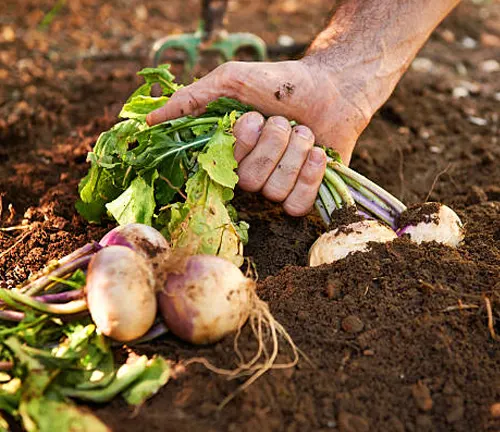
Herbs: Planting fennel and dill in autumn can attract beneficial insects with their flowers and provide fresh herbs well into the season. Both have a robust growth habit that withstands the cooler temperatures of autumn.
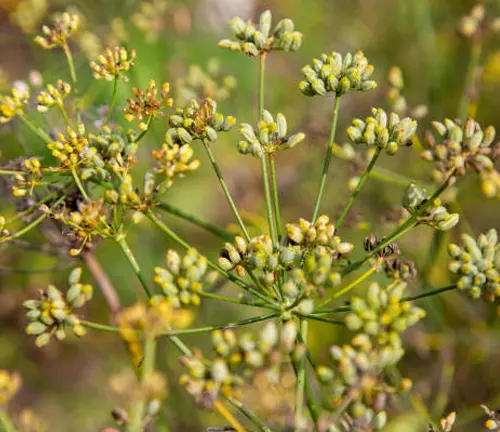
Autumn Gardening Tips
- Lawn Care: Autumn is the perfect time for lawn maintenance. Aeration, reseeding sparse areas, and applying an autumn lawn fertilizer will help rejuvenate and prepare your lawn for next spring.
- Composting: Enhance your composting efforts by adding fallen leaves, spent plant material, and other organic garden waste. This not only recycles nutrients back into your garden but also reduces waste. Turning your compost pile regularly will help to speed up the decomposition process, making rich compost available for your garden in spring.
- Plant Division: Autumn is an ideal time for dividing perennials. This not only rejuvenates crowded plants but also increases your plant stock. Replant divisions around your garden to fill gaps or share them with fellow gardeners.
- Bulb Planting: Expand your spring-blooming bulb collection by incorporating lesser-known varieties such as Fritillaria, Scilla, and Galanthus (snowdrops). Planting depth and positioning are crucial for success; ensure bulbs are planted at three times their height in depth and in areas where they can naturalize and spread.
- Winter Preparation: Installing frost protection in the form of horticultural fleece or straw around sensitive plants and wrapping tree trunks to prevent frost cracking are important steps. Additionally, cleaning and storing garden tools and equipment will prolong their life and ensure readiness for the spring.
Additional Insights for Autumn
- Biodiversity: Focus on planting native species in autumn to enhance garden biodiversity and support local wildlife. Native plants are well-adapted to local conditions and provide essential habitats and food sources for birds, insects, and other wildlife.
- Water Management: As you prepare your garden for winter, consider installing rain barrels if you haven’t already. Autumn rains can fill the barrels, providing a sustainable water source for watering overwintering plants and early spring gardening needs.
- Garden Structures: Evaluate and repair garden structures, such as fences, trellises, and raised beds. The off-season is an excellent time for maintenance or new projects without disturbing active plant growth.
Winter Gardening
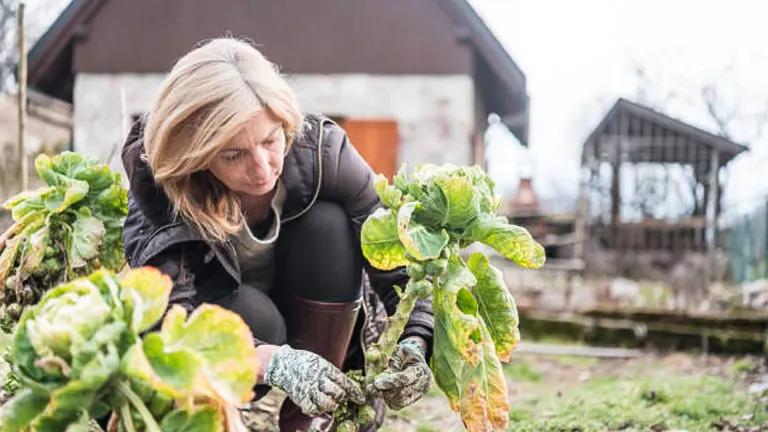
Contrary to the common perception of winter as a dormant period for gardening, this season unfolds a spectrum of activities that not only prepare the garden for spring but also protect and enhance its current state. Winter gardening involves strategic planning, protection measures for plants, and maintenance tasks that together ensure a vibrant start to the new growing season. It’s a period that allows gardeners to appreciate the quiet beauty of winter-hardy plants while laying the groundwork for future growth.
Best Plants for Winter
Flowers: Add witch hazel (Hamamelis) and camellias to your list of winter bloomers. Witch hazel offers fragrant, bright yellow to red flowers, while camellias provide a splash of color with their rose-like blooms in various shades. These plants can dramatically elevate the visual appeal of your garden in winter.
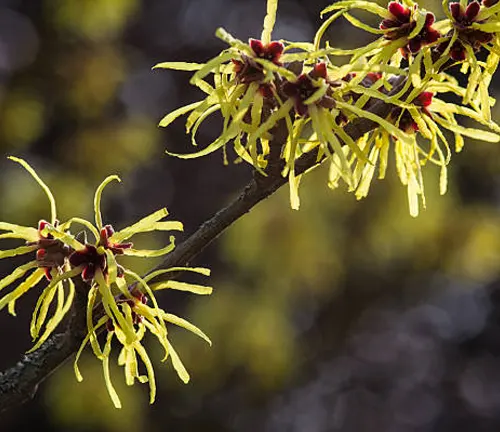
Vegetables: Broaden your winter vegetable garden with the inclusion of Swiss chard and leeks. Swiss chard can withstand frosts, offering a continuous harvest, while leeks improve in flavor after exposure to cold temperatures, providing a valuable resource for winter soups and dishes.

Herbs: Expand your herb selection with winter savory and bay laurel. Winter savory thrives in cold weather, adding depth to winter dishes, and bay laurel can be grown in pots and moved indoors in extremely cold climates, ensuring a year-round supply of fresh leaves.
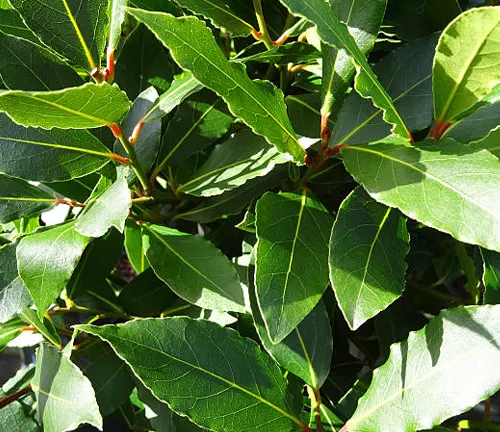
Winter Gardening Tips
- Plant Protection Strategies: Beyond burlap and mulch, consider using evergreen boughs from your holiday decorations to cover perennial beds. These not only provide insulation but also gradually add organic matter to the soil as they decompose.
- Planning for Spring: Winter is the ideal time to design or redesign your garden layout. Use this quiet period to research plant varieties, garden designs, and landscaping projects. Drawing up a garden plan can help you visualize changes and additions you wish to implement.
- Soil Care: Conduct a detailed soil analysis to understand its structure, nutrient content, and microbial health. This might involve sending soil samples to a local extension service for testing. Based on the results, you can tailor your soil amendments more precisely to meet your garden’s needs.
- Garden Wildlife: In addition to bird feeders, create habitat piles with branches, leaves, and logs to shelter beneficial insects and small mammals. These habitats can encourage biodiversity and support a balanced ecosystem within your garden.
- Winter Pruning: For certain trees and shrubs, winter is the perfect time for pruning since the plants are dormant. Removing dead or diseased wood and reshaping the plants can improve their health and appearance. However, it’s important to research the best pruning times for each species, as some plants prefer pruning in late winter or early spring.
Additional Insights for Winter
- Indoor Gardening: Winter provides an opportunity to focus on indoor plants or start seedlings indoors. This can include tending to houseplants, propagating new plants from cuttings, or starting early vegetables and flowers in a warm, sunny window or under grow lights.
- Garden Tools and Equipment: Beyond cleaning and sharpening tools, winter is also a time to repair or replace damaged equipment. Inventory your garden tools and equipment, making note of items that need replacement or repair, ensuring everything is in optimal condition for the busy spring ahead.
- Learning and Growth: Utilize the winter months for personal growth in gardening knowledge. Attend workshops, webinars, or courses on gardening topics. Reading gardening books or joining online forums can also expand your understanding and introduce new ideas for your garden.
Conclusion
Through the changing seasons, the garden evolves, reflecting the cycles of life and growth inherent in nature. “Your Ultimate Guide to Seasonal Gardening: Best Plants for Every Season” serves as a roadmap for navigating these changes, offering insights and advice to ensure your garden remains a place of beauty and bounty all year round. Embracing the principles of seasonal gardening allows us to work harmoniously with nature, creating spaces that are not only pleasing to the eye but also supportive of the local ecosystem. As we close this guide, remember that every season brings its own set of tasks, challenges, and rewards. With careful planning, a willingness to learn, and a bit of patience, the garden can become a reflection of the dedication and love invested in it, yielding fruits, flowers, and joys across the year.
FAQs
- Can I grow tropical plants in a non-tropical climate and still adhere to seasonal gardening?
Yes, tropical plants can be incorporated into non-tropical climates by using them as annuals in the summer or by growing them in containers that can be moved indoors during cooler months. The guide provides strategies for acclimatizing these plants to your local conditions, ensuring they thrive during their appropriate season. - What are some uncommon but highly rewarding plants recommended for each season?
For spring, try Fritillaria for its unique bell-shaped flowers. Summer’s pick includes the vibrant Globe Amaranth. Autumn welcomes the beauty of Toad Lilies, and for winter, consider the Witch Hazel for its fragrant and colorful blooms. These selections offer unique beauty and are less commonly found in average gardens. - How can I ensure my garden attracts pollinators year-round?
Planting a variety of plants that bloom at different times of the year is key. The guide lists specific plants for each season known to attract pollinators, such as Crocus in early spring, Lavender in summer, Aster in autumn, and Mahonia in winter, ensuring your garden is a haven for beneficial insects year-round. - Are there edible plants that can be grown in each season, even in colder climates?
Absolutely. The guide suggests cold-hardy vegetables like kale and Brussels sprouts for winter, early lettuce and peas for spring, heat-tolerant tomatoes and peppers for summer, and root vegetables like carrots and beets for autumn. It also includes tips for using season extenders like cold frames and greenhouses. - What are the best shade-tolerant plants for each season?
For shade gardens, the guide recommends Snowdrops in winter, Primroses in spring, Hostas in summer, and Ferns in autumn. These plants thrive in lower light conditions, ensuring that even the shadowed parts of your garden remain vibrant and full of life throughout the year. - Can I grow medicinal plants seasonally, and what are some top picks?
Yes, seasonal cultivation of medicinal plants is highly beneficial. Spring’s top pick is Echinacea, summer favors Lemon Balm, autumn is ideal for harvesting Elderberry, and winter is good for indoor cultivation of Aloe Vera. The guide provides care tips and usage for each medicinal plant. - How can I manage seasonal garden pests naturally?
The guide offers organic pest control solutions tailored to each season, such as introducing beneficial insects in spring, using neem oil in summer, applying diatomaceous earth in autumn, and cleaning up debris in winter to prevent overwintering pests. - What are some strategies for transitioning my garden from one season to the next?
Transition strategies include mulching to protect plants in winter, starting seeds indoors in late winter for spring planting, gradually acclimatizing plants to outdoor conditions in spring, and planting cover crops in autumn to enrich the soil. The guide emphasizes the importance of planning and preparation for each seasonal transition to maintain a healthy and productive garden.
As the seasons change, your garden can continue to flourish. Equipped with the knowledge of how to nurture it year-round, embrace each season’s unique potential. Watch as your garden transforms and thrives. Happy gardening!

Benjamin Brooks
Forestry AuthorGreetings! I'm Benjamin Brooks, and my journey over the past 15 years has revolved around the fascinating realms of content creation, expertise in snow clearing, and the intricate world of lumberjacking and landscaping. What began as a simple curiosity about the natural world and heavy machinery has evolved into a passionate profession where my love for crafting words intertwines seamlessly with my lumberjacking and garden skills.

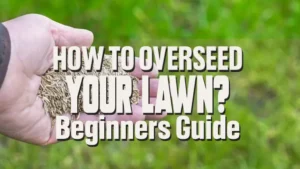








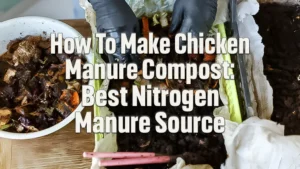


Thank you so much for the gardening tips. I have learnt so much..
Marian Anesu Ndlovu
March 15, 2024 9:17 pm